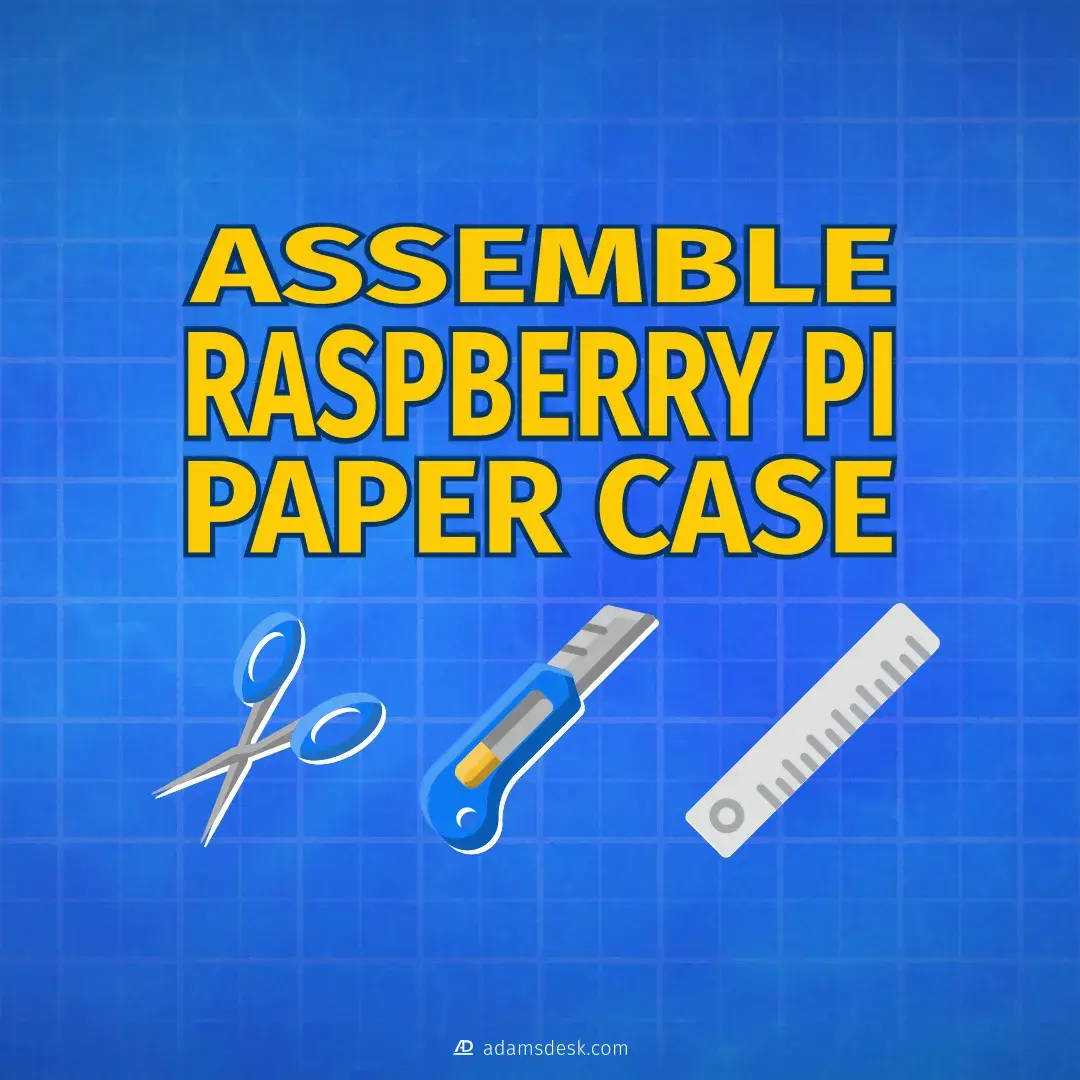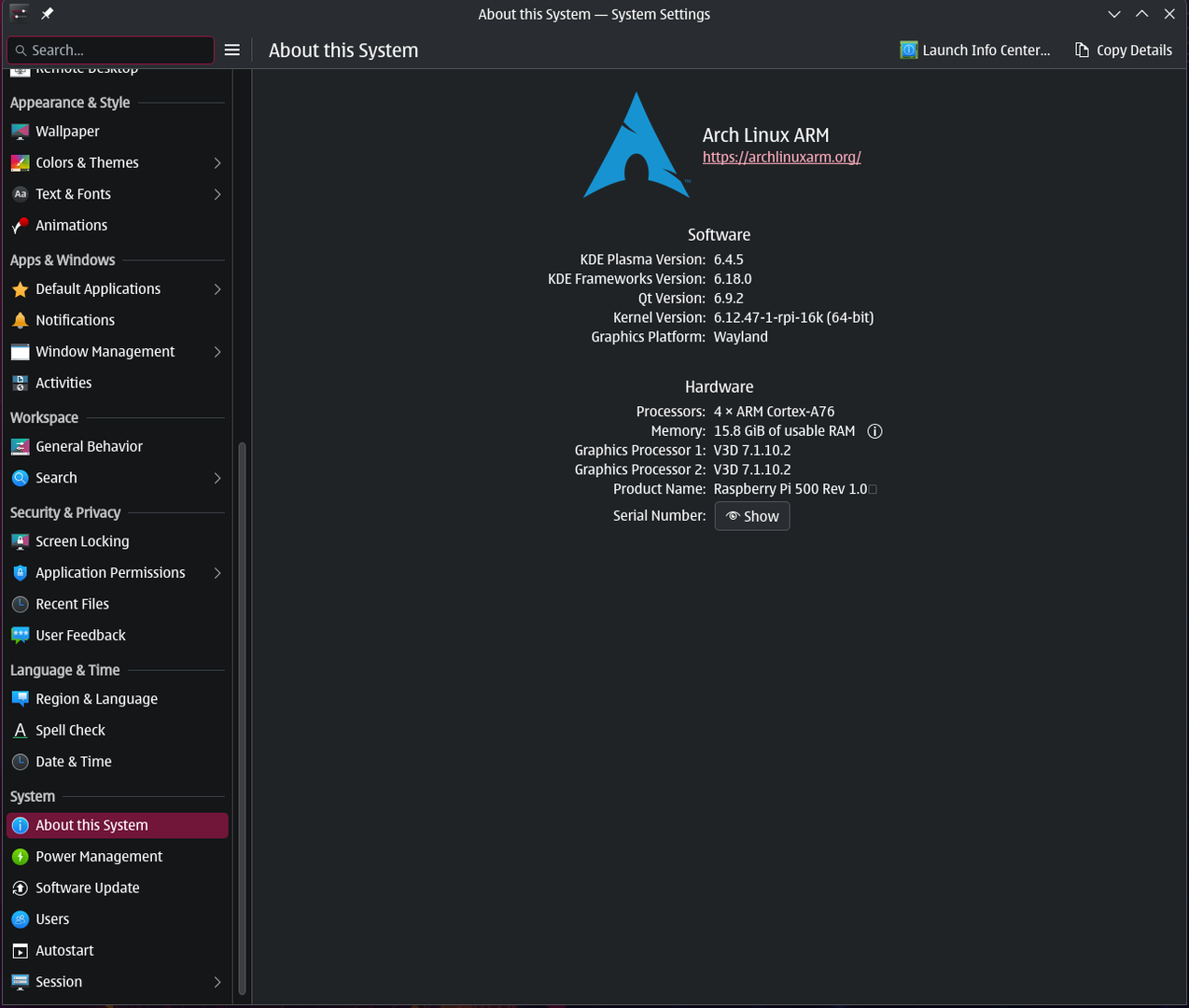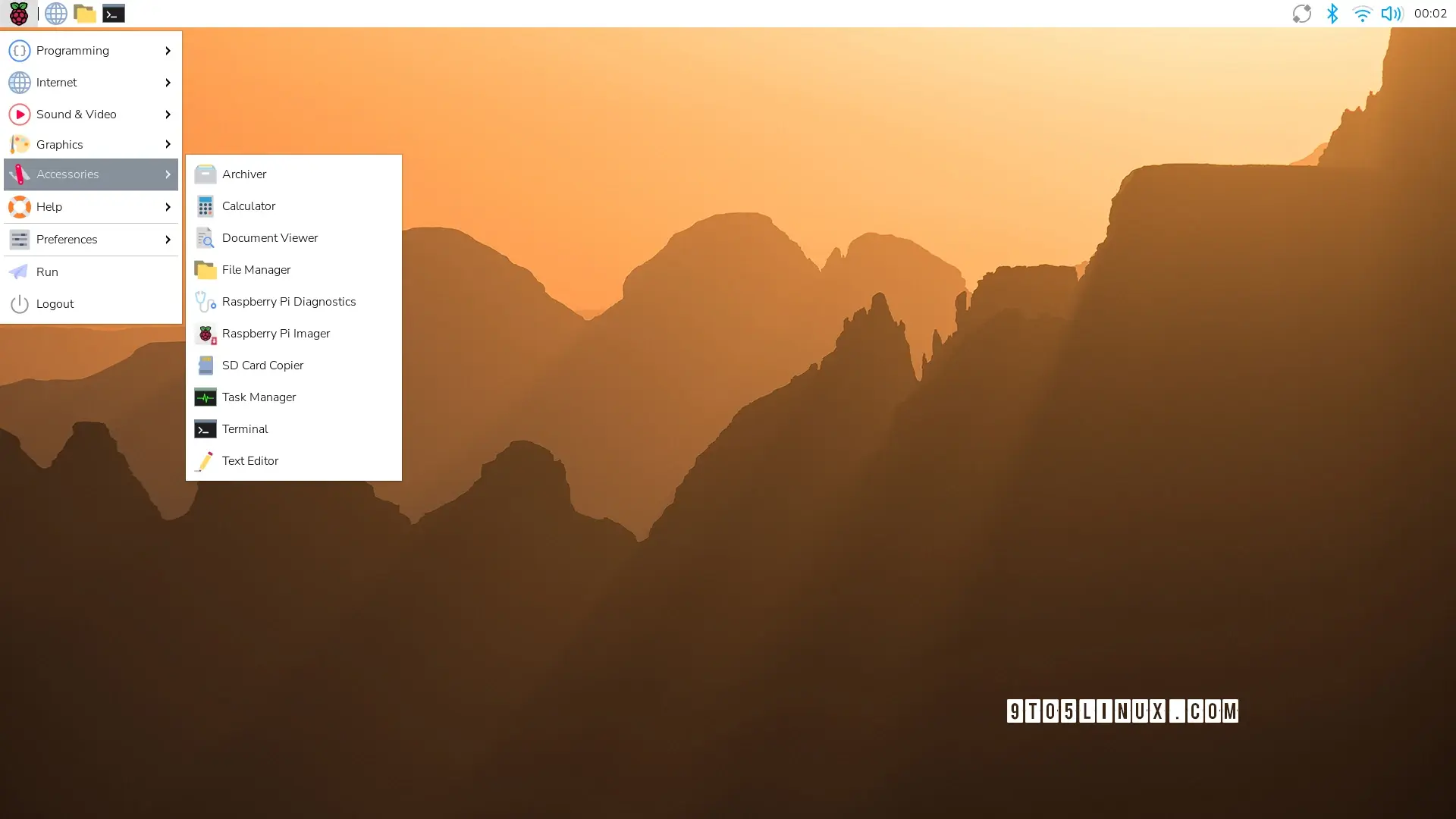Search results for tag #raspberrypi
Then my *second* favourite, a tiny 3D-printed #Amiga 2000 powered by a #RaspberryPi Compute Module 5 - though printing the "CRT" display at a different scale makes for an overall appearance that makes my brain hurt...
#Technology #RetroComputing #VintageComputing #3DPrinting #Makers #News #Hackster
Speaking of the #RaspberryPi CM5, there's a new carrier board coming out - an open-hardware design which adapts it into a mini-ITX form factor complete with x16 (mechanical, it's still one-lane) PCI Express slot.
When the #RaspberryPi Compute Module 5 came out, you couldn't use the IO Case's bundled fan and heatsink at the same time - which was spun as letting people try out passive and active cooling separately.
Well, that definitely-not-a-design-flaw-honest has been fixed: the latest IO Case shifts the fan to allow clearance underneath for the heatsink.
I just published the code of the first prototype of Diapasonix, a bass-like synth and MIDI controller I'm developing.
It uses the fabuolous AMY synth engine and runs on a Raspberry Pi Pico 2. Loads of presets and effects!
Full video: https://youtu.be/DMDRZ1dwdG4
Hadn't thought about the OS, actually. I've never tried #FreeBSD on #RaspberryPi before.
I wonder if it supports full-disk encryption? That's my number 1 gripe with RaspberryPi OS
New blogpost: "Using gpioset and gpioget to control the gpio pins on a Raspberry Pi with a relay board under Debian Trixie"
Upgrading to Debian Trixie broke my garage door opener.
I fixed it.
For the #RaspberryPi crowd, the welcome news that Raspberry Pi OS "Trixie", based on Debian 13, has *finally* received support for the Raspberry Pi AI Kit and AI HAT+ Hailo-based machine learning/artificial intelligence accelerators.
Oh, and the AI Camera's got a new trick up its sleeve, too.
#Technology #AI #ArtificialIntelligence #SingleBoardComputer #Linux #News #Hackster
Got a *lot* of stuff in the pipeline over on #Hackster today, so I'll get a head-start on today's round-up thread with the four that have been published so far - starting with (as I mentioned earlier) the news that the #RaspberryPi SBC range is getting a price hike across the board, balanced out with the introduction of a 1GB model at the $45 entry point.
You can thank the #AI bubble for this.
Also #RaspberryPi-related, this new Raspberry Pi Recovery Kit Nano luggable design from Jay Doscher - the smallest in the family yet, and a stepping stone to a planned Recovery Kit Ultra,
#Technology #3DPrinting #SingleBoardComputer #News #Hackster
Then some great work from @psychotimmy: you can now emulate a Sharp MZ-700 (as well as the earlier MZ-80) on your #RaspberryPi Pico, Pico 2, or other RP2040/RP2350-based microcontroller board - colour at last!
#Technology #Microcontroller #Emulator #VintageComputing #RetroComputing #News #Hackster
Raspberry Pi prices are rising due to RAM costs, plus a new 1GB Raspberry Pi 5 now available https://www.gamingonlinux.com/2025/12/raspberry-pi-prices-are-rising-due-to-ram-costs-plus-a-new-1gb-raspberry-pi-5-now-available/
You should be able to do so with stop motion photography and a script
Take your DSLR, trigger it with a PLC, Arduino, or Raspberry Pi with the refresh script that you're running on the page
You can use a solenoid to trigger the DSLR driven by the Pi
A task like this is perfect for any Raspberry Pi especially the low-powered ones
#RaspberryPi Imager 2.0 Released with Revamped UI, Device Detection, and Much More https://9to5linux.com/raspberry-pi-imager-2-0-released-with-revamped-ui-and-device-detection
And here’s another casualty of the conglomeration and sellout of #opensource and #hacker / #maker communities. After the actions of #RaspberryPi and their foundation and the long history of Qualcomm this isn’t exactly a surprise, but it still hurts to see.
The new documents introduce an irrevocable, perpetual license over anything users upload, broad surveillance-style monitoring of AI features, a clause preventing users from identifying potential patent infringement, years-long retention of usernames even after account deletion, and the integration of all user data (including minors) into Qualcomm’s global data ecosystem.
…
users are now explicitly forbidden from reverse-engineering or even attempting to understand how the platform works unless Arduino gives permission. That’s a profound shift for a brand long embraced by educators, makers, researchers, and open-source advocates.
Is you granny cold? Has she shoved her feet inside a cat for warmth? Is it -10°C in the colonial outpost of Northern Scotchland? Are you keeching yer pants to turn the heating on up there, despite the country being a net energy exporter, almost entirely provided by renewables?
Don't worry. Keir Starmer has the AI industry's back.
The Prime Minister has announced new "AI Growth Zones"—including a confirmed site in North Wales—where data centres will receive "significant discounts" on their electricity bills. While your standing charge climbs, these industrial giants will be granted priority access to the grid and special pricing support to "power up innovation" without delay.
Meanwhile, down in Essex, pensioners are having to live inside the internet to survive the winter. A couple has replaced their gas boiler with a "HeatHub" containing clusters of Raspberry Pi computers. This "digital boiler" processes data for third parties in their garden shed, and the waste heat is pumped into their home. It has slashed their bill from £375 to £40 a month, essentially because the data company pays for the juice.
So there you have it: The government’s energy strategy is cheap power for the server farms, and for the rest of us? Just cuddle up to a server rack and hope you don't overheat the motherboard.
#EnergyCrisis #KeirStarmer #AI #RaspberryPi #DigitalBoiler #CostOfLiving #UKPolitics
Talking with a younger colleague about the #arcade machine in work kitchen that's been defunct for months (or years)
I fitted a #raspberryPi with #recallbox
Trying to figure out which if any is the start button or select or anything other than the 6/12 buttons that are labeled. And how then to map to console controllers. (Annoyingly not finding a simple press and select action setup)
One interestingly I discover is shutdown only from the main GUI)
He says "there's no wires really"
The wires:
Neglected to share the #Hackster articles I wrote on Friday - busy end to the week, got side-tracked! - so here's a bumper crop for Monday.
First, a guide to upgrading the Vilros PiDock 400 laptop-style docking station for the #RaspberryPi 400 to support the newer and faster Raspberry Pi 500 instead:
You can now run gokrazy on NVMe disks on the Raspberry Pi 5 🥳
The user guide shows you how: https://gokrazy.org/userguide/nvme-disk/
The bootloader firmware and configuration is fully managed via your gokrazy instance config :)
Using an NVMe SSD not only speeds up your updates (writing+booting a new gokrazy image is now possible in 30 seconds!), but also makes for a more reliable storage medium than SD cards longer-term…
Good news, everyone! My #golang appliance platform https://gokrazy.org/ now supports EEPROM bootloader updates on the Pi 5! 🎉
As it turns out, not only do the Pi 4 and Pi 5 need different files, the procedure also works a little differently on the Pi 5 (using a timestamp in the .sig file); see https://github.com/gokrazy/gokrazy/issues/332 for details if you’re curious.
Next we need EEPROM config update support, too, then using NVMe disks will be easy! https://github.com/gokrazy/gokrazy/issues/267
I'm trying an in-place upgrade on the Raspberry Pi 4 Model B from Bookworm to Trixie using this guide. There's nothing too critical on this Pi if it blows up https://pimylifeup.com/raspberry-pi-os-bookworm-to-trixie/
Trying to be better at posting more regularly, and what better way to train myself than a daily thread of stuff I've written?
To start: a near-future-gazing piece which predicts price rises to come for the #RaspberryPi and other single-board computers, thanks to the "AI" industry's insatiable demand for RAM.
Upgraded my Raspberry Pi 4B from Fedora 42 to Fedora 43 using the offline upgrade process. I documented what worked for me as a gist at https://codeberg.org/jwildeboer/gists/src/branch/main/2025/20251107UpgradeToFedora43Raspi4.md and couldn't have done it without the little tip from @krist — Thx, Krist!
I was trying to show off my darling little Raspi to my extended family but nobody was impressed. So my #GratefulForYou nod today goes out to all my Fedi friends who enjoy and delight in this kind of stuff. And thank you for always teaching me new things 🥹


 🍵
🍵  boosted
boostedAssembling a Raspberry Pi Case Made Out of Paper
Print and assemble an inexpensive Raspberry Pi paper model case that is rigid enough to hold its form while still protecting the device.
https://www.adamsdesk.com/posts/assemble-raspberry-pi-paper-case/
I got a #Bose #SoundTouch30 and I received this e-mail to inform me that they will stop to support the #SoundTouch products line. I will not able to play music from #Deezer neither use the radio service #TuneIn.
I will try to use my #raspberrypi model 1B as a #musicpd server then send the output to the speaker with AUX output. If it doesn’t work a will get soon a brick. I got all my CDs collection encoded in FLAC.
I will not bought another kind of these connected products anymore.
From: @theverge
https://flipboard.com/@theverge/the-verge-5hobbaa8z/-/a-IhjPzn69RxK5Q1wToGVYGA%3Aa%3A43611565-%2F0
"The HackberryPi_CM5 project is a RaspberryPi Compute Module SBC(single board computer) powered handheld computer with reuse of original keyboard from old Blackberry phones. The goal of the project is to create a portable linux-powered computer that lets the user gain a deeper understanding of Linux and explore the architecture of hardware, software, and the Linux kernel."
https://github.com/ZitaoTech/HackberryPiCM5 #Linux #RaspberryPi
Want to get ArchLinux running on your shiny new clicky Raspberry Pi 500+ with KDE Plasma and BTRFS subvolumes instead of ext4?
Turns out, it's not very difficult.
Check out the forum thread (remember those?) here on Interfacing Linux:
https://interfacinglinux.com/community/sbcsoftware/archlinux-kde-plasma-btrfs-on-raspberry-pi-500
Are the Russians using #RaspberryPI (or just #ARM) chips in their drones? Can't think of that many British made microprocessors in recent times (alas, it doesn't surprise me that UK companies are likely selling them to Russia if it makes them a profit)
Open Printer is a repairable, open-hardware inkjet powered by Raspberry Pi, built for makers who want freedom from vendor lock-in.
https://linuxiac.com/open-printer-promises-freedom-from-proprietary-cartridges/
#RaspberryPi OS Is Now Based on #Debian 13 “Trixie” and Has a Fresh New Look https://9to5linux.com/raspberry-pi-os-is-now-based-on-debian-13-trixie-with-fresh-new-look
I may have to move it to slightly more powerful hardware for my own sanity…
https://cablespaghetti.dev/hosting-a-fediverse-instance-on-an-original-raspberry-pi.html

![[?]](https://polymaths.social/fileserver/01HCMX6M1CZNEVJ4F5H58TT5XJ/attachment/original/01JHC5KM5K0V0J0436SPD3F86H.jpeg)
![[?]](https://polymaths.social/fileserver/01J5M0ZN4YQN00E8Y8SCB09GBM/attachment/original/01JXCNZNZS0TRJF52JH0MT48BB.png)
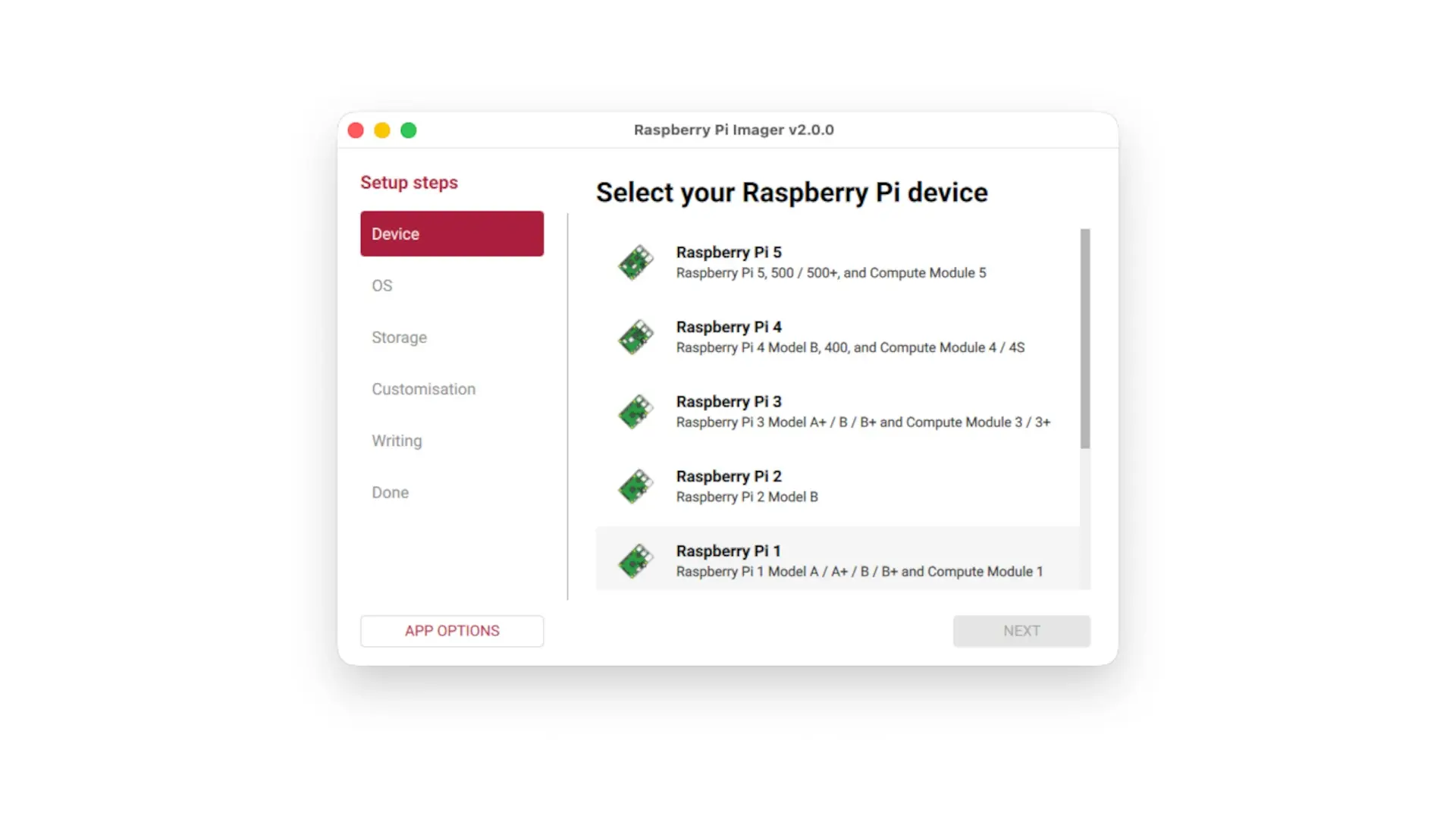
![[?]](https://polymaths.social/fileserver/019YF91C5SPMQY8RHGFJCZQ2M3/attachment/original/01JHC4ZNCYHV9Z2XVA95DSSWR0.jpeg)





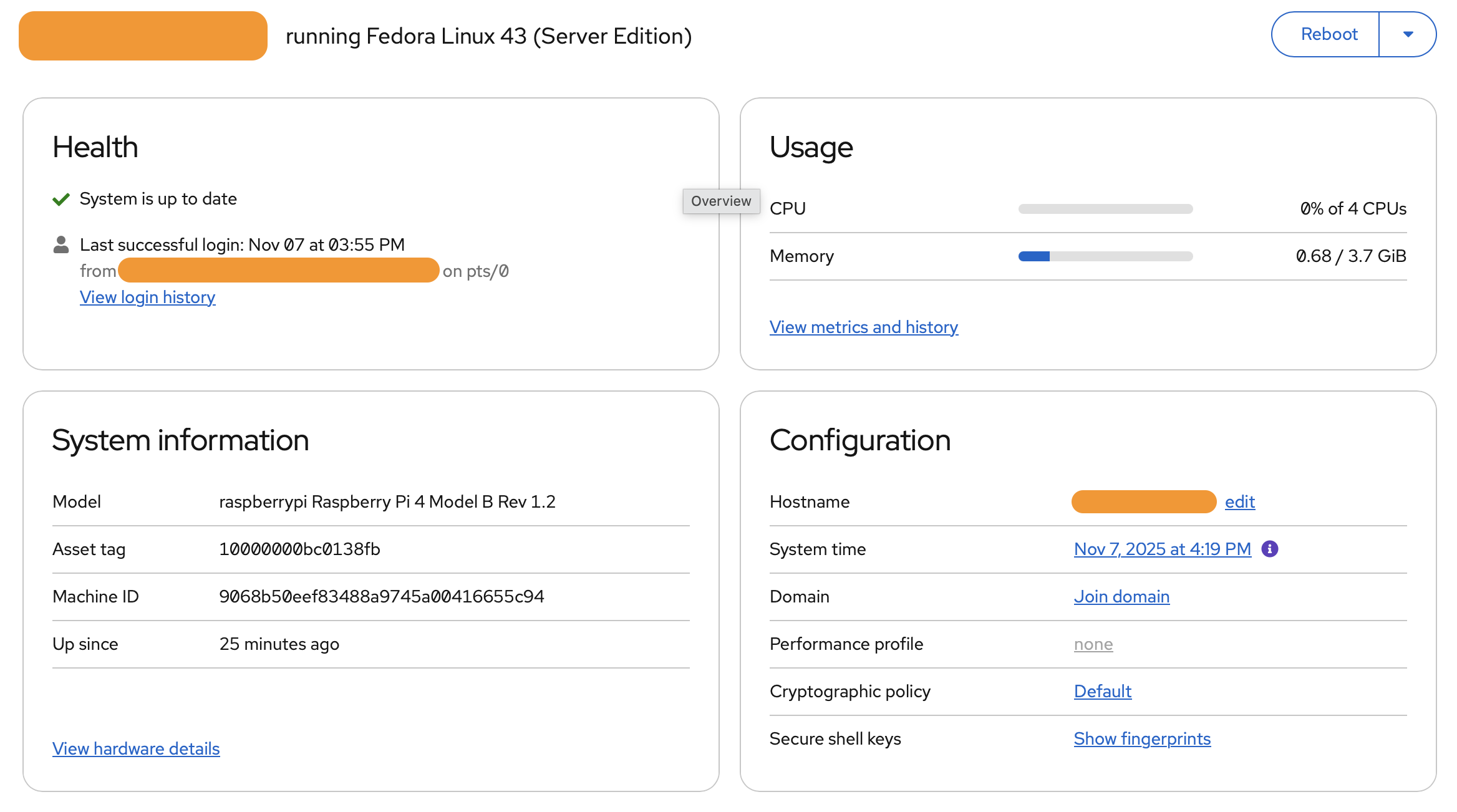


![[?]](https://aseachange.com/fileserver/01ENCW3D083ATDAP5WGJEMSJC8/attachment/original/01JG469Y8X2DXVNGTWEZ8BPAGX.jpeg)

